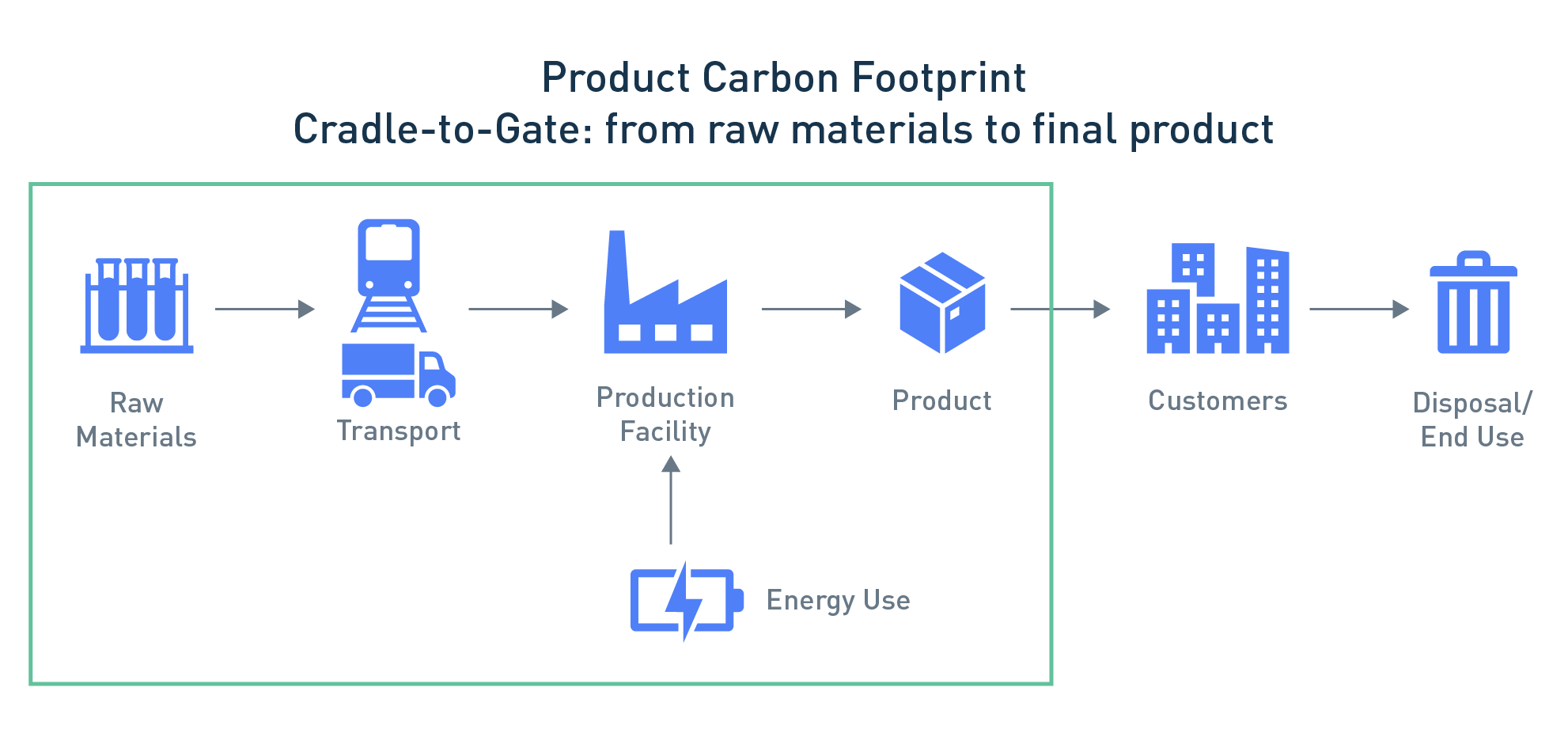
Solenis has ambitious sustainability targets — based on the UN Sustainable Development Goals (SDGs) — which aim to achieve a more equitable future for people and the planet. SDG 12, to “ensure sustainable consumption and production patterns,” highlights the need to do more with less — that is, to minimize environmental degradation when creating products. This goal gives Solenis the opportunity to develop innovative and sustainable solutions for our customers. But it raises an important question: how do we measure the sustainability of our own products?
The ultimate function of our products is to help customers reduce their consumption of water, energy and raw materials and to improve their productivity. These are just empty marketing promises, though, unless we can document and record the positive impact our products have on our customers’ processes. At Solenis, this has been achieved through various internal initiatives, such as the ValueAdvantageSM program, which is used to quantify the impact of specific customer projects, and our Sustainability Award, which recognizes customer projects that have delivered outstanding results.
However, a full assessment of our impact must also reflect the environmental costs of the raw materials we procure and the final products we produce. For this, we have started a product carbon footprint (PCF) initiative.
Product Carbon Footprint
The PCF is a measure of the environmental impact of a product. It represents the sum of all the greenhouse gas emissions generated throughout the product’s life cycle. This includes emissions generated during production and transportation, as well as the emissions of raw materials that make up the final product. The higher the number, the larger the impact on the environment. You can calculate the carbon footprint for almost anything, from a building to a process to an individual’s lifestyle. An individual can evaluate the carbon footprint of different forms of travel, for instance, when assessing the pros and cons of his or her travel options.
The carbon footprint is reported as CO2 equivalents as it represents a single harmonized value to measure climate change. This allows the comparison of various greenhouse gases on their global-warming potential by converting those to the equivalent amount of carbon dioxide. For example, methane has a global warming potential 25 times of that of CO2 over a 100-year period. Reporting the greenhouse gas emissions and consumptions of a system in a single number allows for quick comparison between various products and processes.
The Process
The first step towards a more sustainable product offering is to establish a benchmark. The best way to do this is to calculate the product carbon footprint for our entire portfolio. This calculation is based on hard, factual data that can be obtained from reputable databases or other externally verified product fact sheets. Calculating the product carbon footprint is not trivial. It requires both primary data (like our own emissions from production), as well as secondary data (information from suppliers or general databanks, such as ecoinvent or CarbonMinds).
ISO standards, such as ISO 14067:2018 (carbon footprint of products), have been established to ensure calculations are determined consistently across the industry. We are currently programming the interface that links databases containing energy, emission and raw material data with an ISO-certified tool for PCF calculations so we will be able to conduct large-scale calculations of our entire product portfolio. This will allow us to consider the life cycle of our products from cradle to gate.

To ensure the process is transparent, follows guidelines and standards, and allows for quick adjustments as more and improved data become available, we are consulting with experts in the field. Additional external partners that specialize in these types of assessments will verify documentation of our process and the final carbon footprint results.
With this initiative, Solenis is making a huge step towards quantifying our own greenhouse gas emissions and providing customers crucial information on the environmental impact of our products.
Next Steps
With the help of the PCF calculations, we can guide future innovations to further improve our products not only with superior performance, but also with an increased sustainability profile. We are considering PCF calculations for all of our innovation projects to ensure our next-generation products exhibit a lower carbon footprint whenever possible. This can be done through simple switches, like replacing our raw materials with those that are derived through a circular economy or those that are obtained through renewable feedstocks, novel technologies or a biomass-balanced approach. It’s also possible, with additional development resources, to build completely new products from bio-based building blocks like lignin, sugars or starch.
This gives us ample opportunities to redefine the industry. Providing strength, flocculation or barrier performance could soon be possible through completely novel biopolymers. Our scientists are continuing to explore the realm of bio-based materials to ensure we can provide our customers with high-performing and sustainable products, with minimized carbon footprint.
The Impact on Customers
Providing customers with carbon footprints will give them factual data on the impact our products might have on their own processes. In many instances, our customers will use this information as part of their own sustainability calculations, such as life cycle assessments for their products. In addition, our carbon footprint calculations will allow our customers to calculate their own scope 3 emissions (the result of activities from assets not owned or controlled by the reporting organization but that the organization indirectly impacts in its value chain). This allows for transparent communication to the end consumers, who are increasingly concerned with making purchases that are more environmentally sustainable.
Calculating our carbon footprints also has the potential to differentiate Solenis in a competitive market. By providing a high-performing product with a low carbon footprint, we can increase the value to our customers by helping them reach their environmental or sustainability goals. The market is changing, and we want to help our customers meet their sustainability targets. With ambitious targets to achieve net-zero status, Solenis is the partner of choice for achieving these goals. Only by working together can we make a meaningful impact on the environment and the future of our planet.
To learn more about our sustainable solutions or to discuss how we can help your operation meet its sustainability goals, visit Solenis.com or speak to a sales representative.